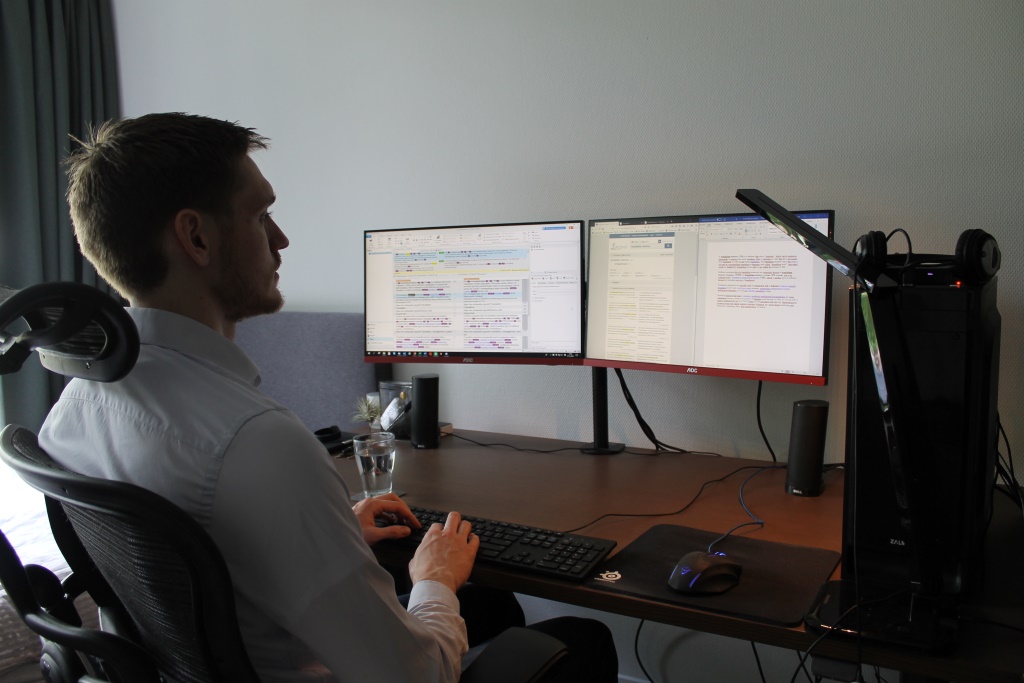Translations from English and Spanish into Dutch
I mainly provide translations from English and Spanish into Dutch. I believe it is always important to translate into your mother tongue. Even if you have a C2 certificate stating that you speak a certain language like a native speaker, in my opinion you still don’t. Unless you have lived in a country where they speak the source language for a long time, it is really difficult to provide translations that sound 100% natural to native speakers. I have lived in Spain three times. I have had a lot of contact with Spanish speaking people. Still, I do not consider myself a native speaker. Apart from the languages, I usually translate texts that are related to health care and IT. This is mainly due to my experience with these fields as a translator. I have quite some experience with instructions for use that are written in English.
The technology behind translations
While translating, I am using a computer-assisted translation tool (CAT tool). In my case, I’m using SDL Trados Studio 2019, which I believe to be the most user friendly translation software at this time. Trados Studio converts documents like Word and Excel documents into a translatable file. This way, the text is divided into segments. In general, each segment contains one sentence which then can be translated. When the translator has finished translating one segment, the segment is stored in a translation memory. These stored segments can be used later on during the project when the translator encounters a segment that is partially or entirely similar to the stored segment. A term base can be used as well. This is a collection of terms and translations of those terms.
Spell checks and quality assurance checks
When the translation has been finished, the translator can perform a spell check and quality assurance checks (QA checks). This way, the likelihood of any errors is lowered. These QA checks can be used to spot segments that have not been translated or that have been translated inconsistently. You can also check for spelling and grammar issues. Examples are different capitalization between the source and target, different punctuation or the use of multiple spaces. The entire QA check process can be adjusted manually and can be adapted to the preferences of the translator or the client’s wishes. Would you like more information about the way I work? Just drop me a message!



